Brian Cookson column: Do we really need a new economic model for pro cycling?
Be careful what you wish for, says the former UCI president
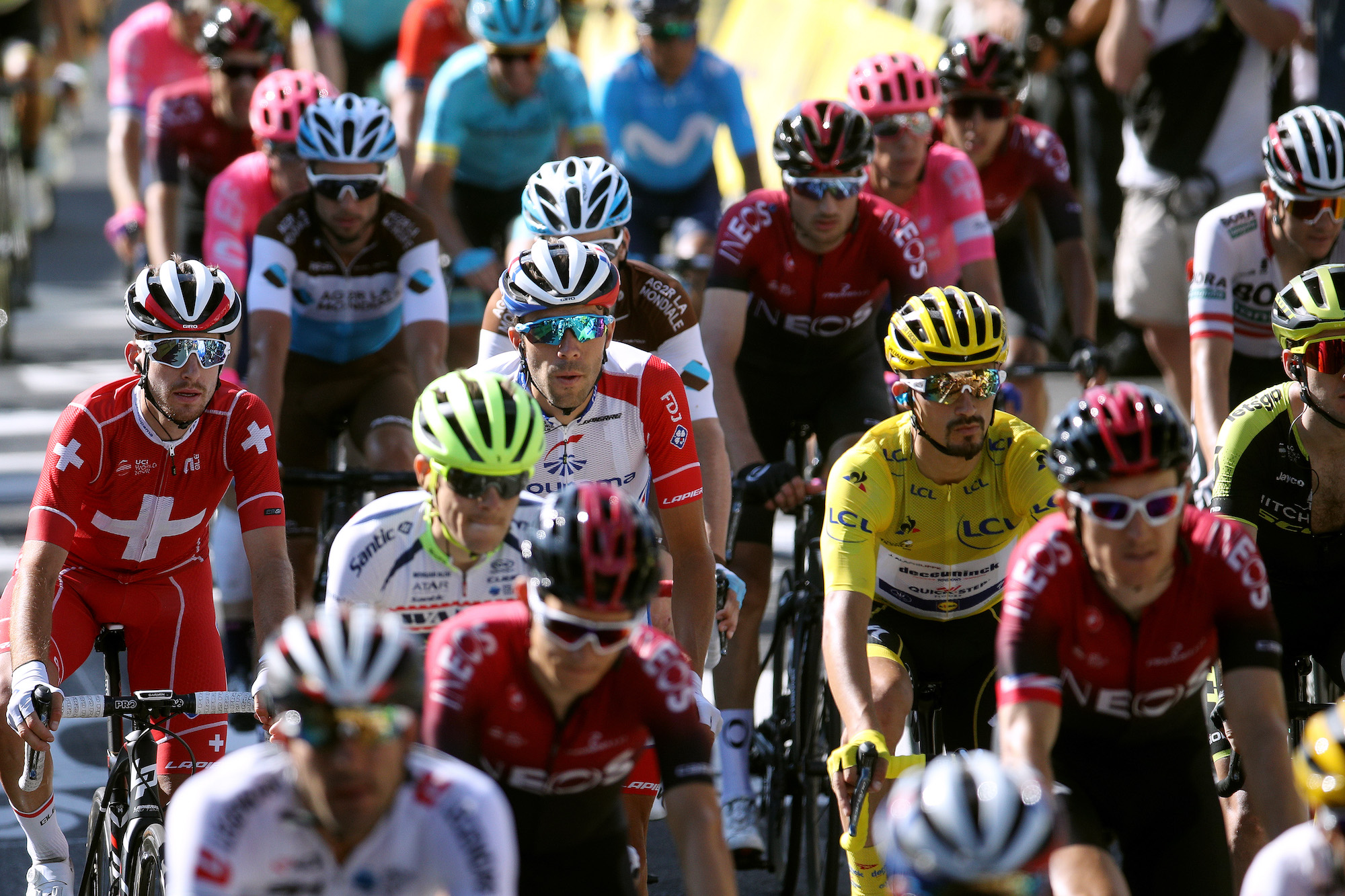
It seems that hardly a week goes by without someone – team owner, manager, rider, journalist or fan – stating confidently that the fragile economic model of professional cycling is broken and that there should be a radical new one. Even more so in the current crisis brought about by the Covid-19 pandemic.
The only trouble is no one seems to know what it is.
The idea most often proposed is that television rights should be shared out between the race organisers and the teams. But is it really that simple? And would that make the difference between fragility and sustainability – for the teams, for the race organisers, for the sport generally? Are there other models that could be adopted? Have the new forms of media opened up new ways of looking at this?
>>> UCI president says ‘not holding the Tour de France in 2020 would be a disaster’
Well, yes and no. My message to cycling fans can perhaps be found in the old Chinese proverb; “Be careful what you wish for, your wish may be granted!”
Let’s try and look at this issue in the broadest sense. And bear in mind that because, rightly or wrongly, the vast majority of professional sport is male, the comments apply even more acutely to the much more precarious economy of women’s sport. Of course my personal experience is around the sport of cycling, but I have looked at other sports and can see models and lessons to be learned from them.
The first thing to be clear about is that professional sport is part of the entertainment industry. Professional teams, individual riders, race organisers, all of the people making the sport happen, together make up the component elements of this particular part of the industry. So, as a part of that industry, those people are providing a service or a product, which we the consumers can choose to consume or not. They are therefore worth financially only what we consumers are prepared to pay, one way or another, directly or (more often in our sport) indirectly, to allow us to consume their product. I’ll try to break that down and explain what I mean more clearly.
Get The Leadout Newsletter
The latest race content, interviews, features, reviews and expert buying guides, direct to your inbox!
It seems pretty clear to me that most sports have three main sources of income.
The first of these, especially in the big team sports such as soccer, US football, baseball, and so on, is ticket sales to live events in the stadium itself. For the most successful sports this generates huge amounts of revenue. There’s a capital cost, of course, in the building and maintenance of the stadium itself, but this is a long term investment in an asset and is increasingly being offset by related and creative property development deals, shopping malls, entertainment complexes, etc.
Cycling is in a weak position here. Track cycling takes place in a stadium, sure, and cyclocross, MTB, BMX, Trials and the tiny disciplines like artistic cycling and cycleball (take a look at the UCI website if you’re not familiar with them) can all be organised in places where it’s possible to charge spectators an entry fee. Obviously this works more in those countries where those disciplines are most popular, for example Belgium and cyclocross, and track cycling in Great Britain.

Traditionally however, road cycling is free to watch at the roadside. So there is little or no income there. In fact the costs of staging the event, especially on what are otherwise public roads, are huge - and they are largely short term revenue costs, occurring each time the event is held, not capital infrastructure costs that can be spread over many years. The partial exception to this “fee to spectate” characteristic is events like the Tour of Flanders, where there are large corporate hospitality suites at key points of the race, where event sponsors, guests and others are wined and dined at a rate that contributes to the financial viability of the race. So next time you see those suites, don’t sneer at them, that’s helping pay for the whole show – without them you don’t have a race to watch!
Think of the alternative. With an estimated crowd of 700,000 – one million on Alpe d’Huez alone, how much would ASO love to sell you a ticket to watch the Tour de France at those key locations? If they could charge everyone, say, 10 Euros a day, wow, that would raise a pretty substantial amount. Believe it or not, it’s happened in the past. I have actually seen a spectator ticket from Mont Ventoux in the early 1960s when it cost, if I recall correctly, 10 Francs for the day just to get access to the roadside. Of course, there are costs in setting up fencing and hiring ticket sellers and stewards, it might need legislative changes, but it has been done and it could be done again.
The second main source of income for the biggest sports is television rights, and again cycling is in a weak position here. The fact is that the only substantial global television rights for cycling are with the Tour de France. Though we fans may love the other stage races, the cobbled Classics, the hilly races, the many different aspects of our sport, we really are a minority audience in global terms. Events like the Giro d’Italia, the Flanders Classics and a few others have good national audiences and good viewing figures amongst the committed fans, but they are much, much less than the Tour.
Hence the value the Tour has to the teams, and the stranglehold ASO thus has over the sport. To the teams, arguably 70 per cent or more of their annual return on investment for their sponsors comes from participation in the Tour. It’s difficult to know accurately how much the Tour’s television rights are actually worth. ASO doesn’t release such information. But it has been estimated that even if by some miracle ASO chose to share the rights with the participating teams then each team might receive a couple of million euros at best. That wouldn’t actually go that far, and would probably be swept up pretty quickly by increases in salaries for a few top riders. And let’s be clear, ASO won’t share those rights. Ever.
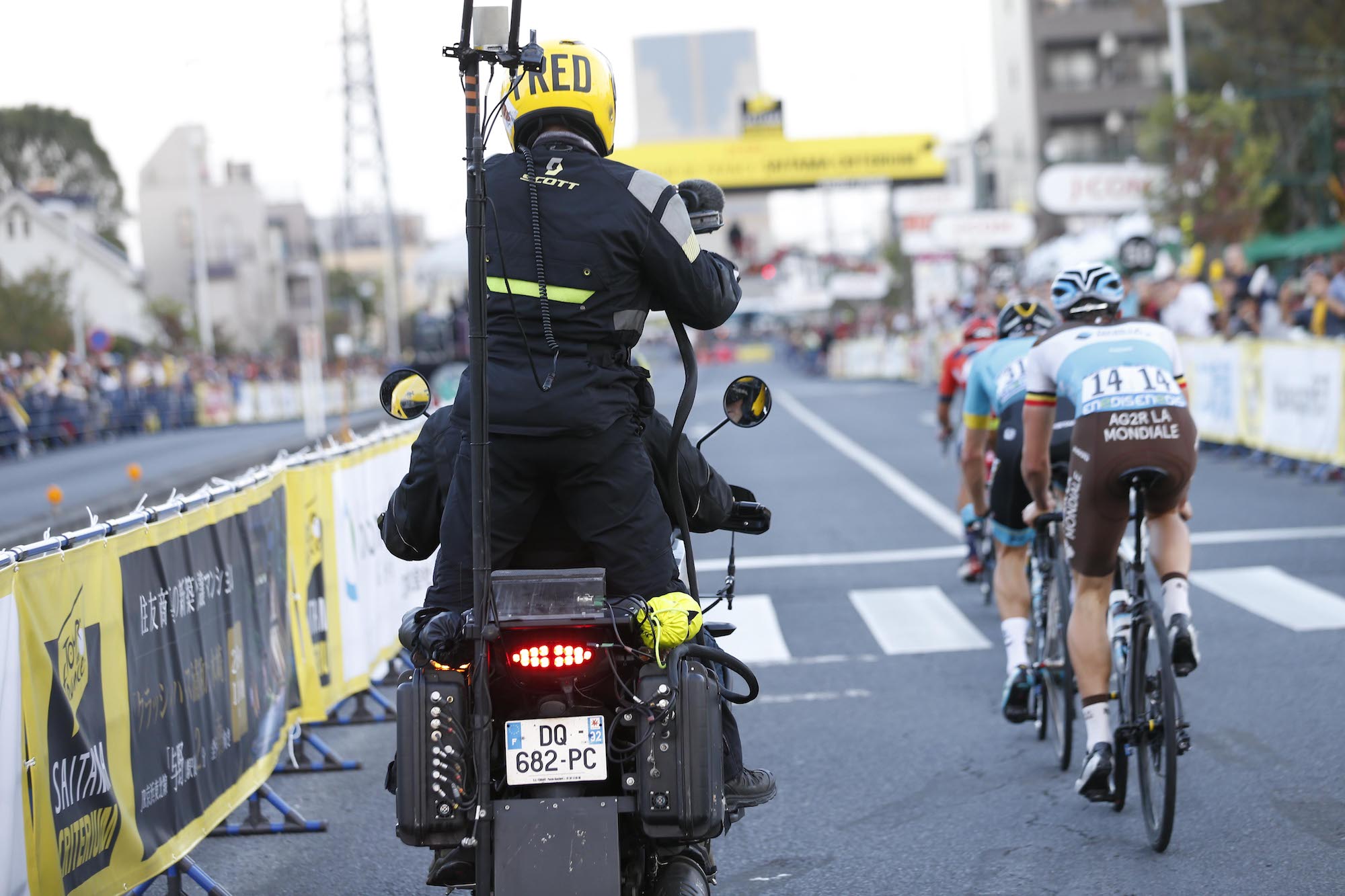
Perhaps more to the point, however, the question is - why is there so little in the way of television rights for cycling? The answer is - because there aren’t enough television viewers to make it worth the broadcasters paying large sums of money to the event organisers, whoever they may be. And those viewers who do watch cycling tend to prefer it to be on a free-to-air channel, or a relatively inexpensive channel like Eurosport. Compare the cost of watching even the Tour, at home on your sofa, with watching Premier League football. You can’t watch the latter without a subscription and/or a pay per view subscription from one of the broadcasters that has paid many millions to the organisers (or the governing bodies) for the rights to show those matches, knowing that they in turn can charge us the viewer a nice chunk of our hard-earned cash to watch them - to consume those products. And then make some more money by charging other companies to try and sell us their products in the commercial breaks.
The third main source of income is the team sponsor’s name on the kit. And here cycling is in a strong position. In fact, you could say that it is professional cycling’s USP – the teams are actually named after the sponsor. That’s pretty unique to cycling. In the Premier League it will always be Manchester City versus Arsenal. It will never be Team Etihad against Team Emirates like Team Ineos goes up against Movistar Team.
One relative weakness here is that there are more than two teams in any given bike race. So the coverage is shared. But there are ways round that that can benefit the teams, especially the smaller ones, such as the long distance break gaining valuable television exposure, the riders chasing king of the mountains points or stage wins as opposed to the overall, and so on. And few sporting events last as long as a professional bike race, so there is plenty of time to make an impression and to get some screen time.
The other relative weakness in this aspect relates partly to the number of fans of each sport, but also to some cultural differences. Supporters of sports like football have a strong affinity to their chosen team, often but not always related to their geography. And they love to wear their team’s kit, even when watching at home or in the pub.
In my opinion cycling fans, and I’m sorry to disappoint the teams here, aren’t really that bothered about supporting a particular team, live or die. Not in the way that football supporters do. Football supporters use the word “we” when they talk about their team. If you start using “we” when you’re talking about a cycling team, people will raise an eyebrow and ask you if you ride for the team! Cycling fans support their own favourite riders, especially of their own nationality or a nationality they have come to love for some reason. They might choose the sponsor’s product over another (indeed, I myself have chosen Quick-Step flooring over another brand in the past!), but they don’t feel a special affinity with teams sponsored by commercial entities, governments, or wealthy benefactors. Of course there are exceptions to this, but I’m pretty sure that goes for most of us.
The only exception I can think of here is the various Basque teams over the years. Nowadays all the pro cycling teams are multi-national, as are football teams, of course – but soccer teams still have that vital geographic identity driving the fans affinity and loyalty. Diluting the national identity of pro teams in cycling in the way that has increasingly happened in recent years has made this more of an issue. If I’m a Belgian cycling fan, am I happy if a non-Belgian Deceuninck-Quick-Step rider wins Flanders? Not really.
Additionally of course, team loyalty and identity is weakened even more in our sport because there is a good deal of snobbery about wearing professional team kit. “Real” cyclists look down on new cyclists out riding in full professional team kit – there’s even a rather rude name for them, which I’m not going to repeat here. The result of all these factors is that sales of even the biggest pro cycling team’s kit are a tiny fraction of the massive worldwide and highly profitable sales of a Premier League football club’s kit.
Are there other models that could be adopted, perhaps from social media and new technology?
Well, I can’t think of one that would provide a sustainable model that doesn’t involve us, the fans, in paying someone, somewhere, more money to follow the sport we love. Sure, there are people who make money from YouTube, Instagram and the various other platforms that have emerged in recent years. But that seems to me to be a very fickle, tenuous and unsustainable basis for an entire sport’s ecosystem to be based on.
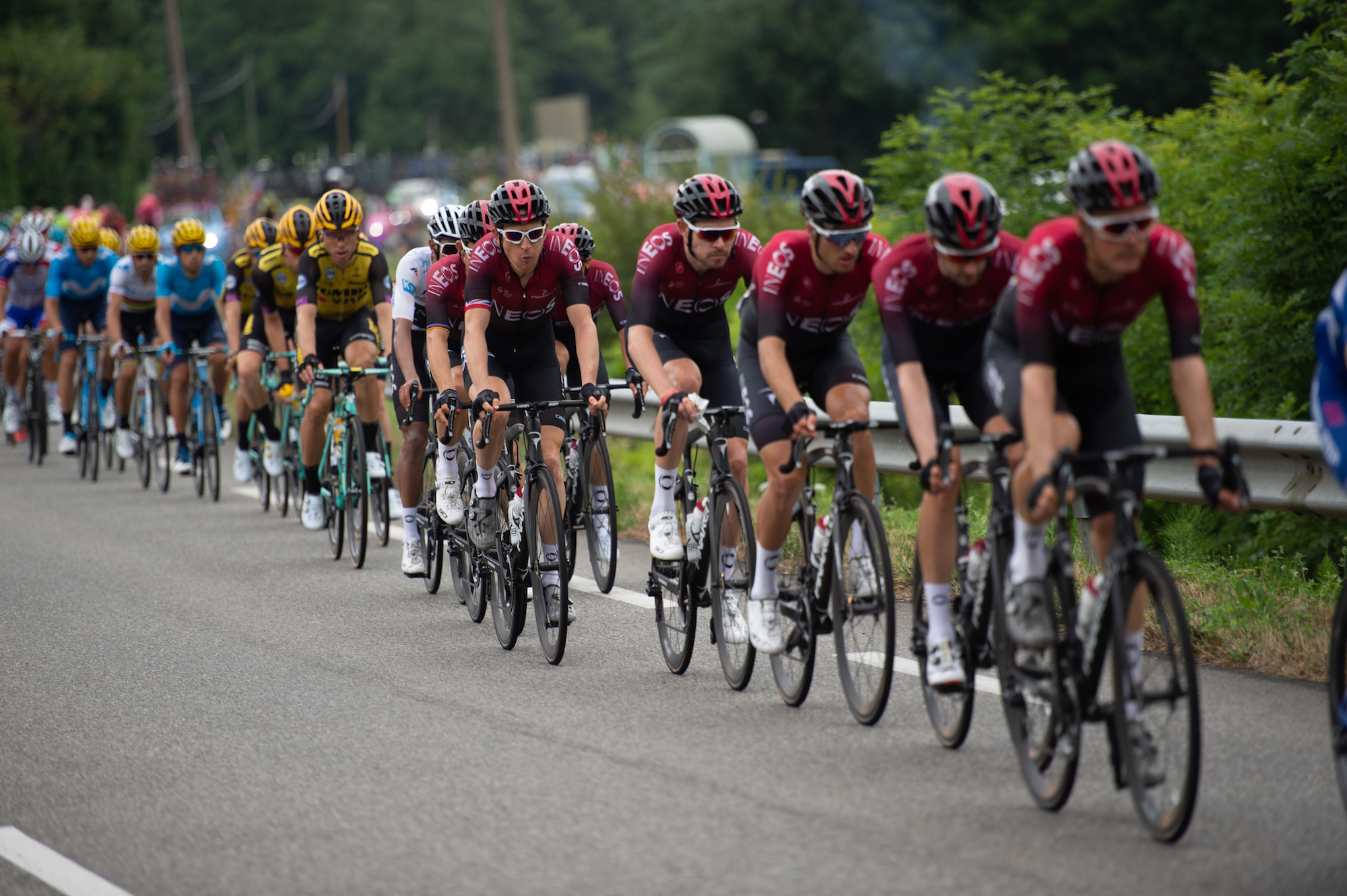
As long as the Tour de France and its owners have such a strong position in the sport then I don’t see it changing to anything like, say, a Formula One scenario where one company runs the whole thing in partnership with the teams. Nor do I see a closed shop like the US football or baseball leagues working. I certainly don’t see the teams collaborating into forcing the event organisers to partner with them or even to sell their events to a consortium owned by the teams, or anyone else for that matter. The Velon group owned by 11 of the WorldTour teams has been working on collaborative projects for a number of years now, and have launched a number of worthwhile and innovative initiatives, but they don’t have any of the French teams in membership, nor Movistar nor several other key teams, and seem to be a long way from having the strength to challenge ASO’s stranglehold.
So I don’t see any viable alternative. Should we worry? Well, perhaps not. In my view cycling has successfully evolved an entirely unique model, an ecosystem in which the massive costs of running events are covered by a fairly complex combination of sponsors, public authorities and limited television rights. Both the sponsors and the public authorities benefit from the coverage of the events on television, online or in print. The massive costs of running teams are similarly covered by a similarly complex combination of sponsors, manufacturers, governments, wealthy benefactors, and others who likewise benefit from that same coverage in ways that they consider worthwhile.
As the highly experienced John Lelangue, general manager of Lotto-Soudal, said recently: “Cycling has survived for more than 50 years in the way it survives today. There are no fewer riders or fewer sponsors than in the 90s or 2000s. Why question a model that works perfectly?” Maybe not perfectly, but it has certainly evolved and developed over the years into something that, in a complex world, is as close to a sustainable economic model as there has ever been in this equally complex, beautiful, sport.
And though we fans may approve, disapprove or ignore any of those people, products, governments or organisations that pay for the show, it’s the show we love and will continue to love. And the fact that, when you think about it, we don’t really pay much for it, makes it even better. Remember that old proverb “Be careful what you wish for…”
Brian Cookson was president of the UCI from 2013 to 2017 and British Cycling president from 1997 to 2013.

Thank you for reading 20 articles this month* Join now for unlimited access
Enjoy your first month for just £1 / $1 / €1
*Read 5 free articles per month without a subscription

Join now for unlimited access
Try first month for just £1 / $1 / €1
-
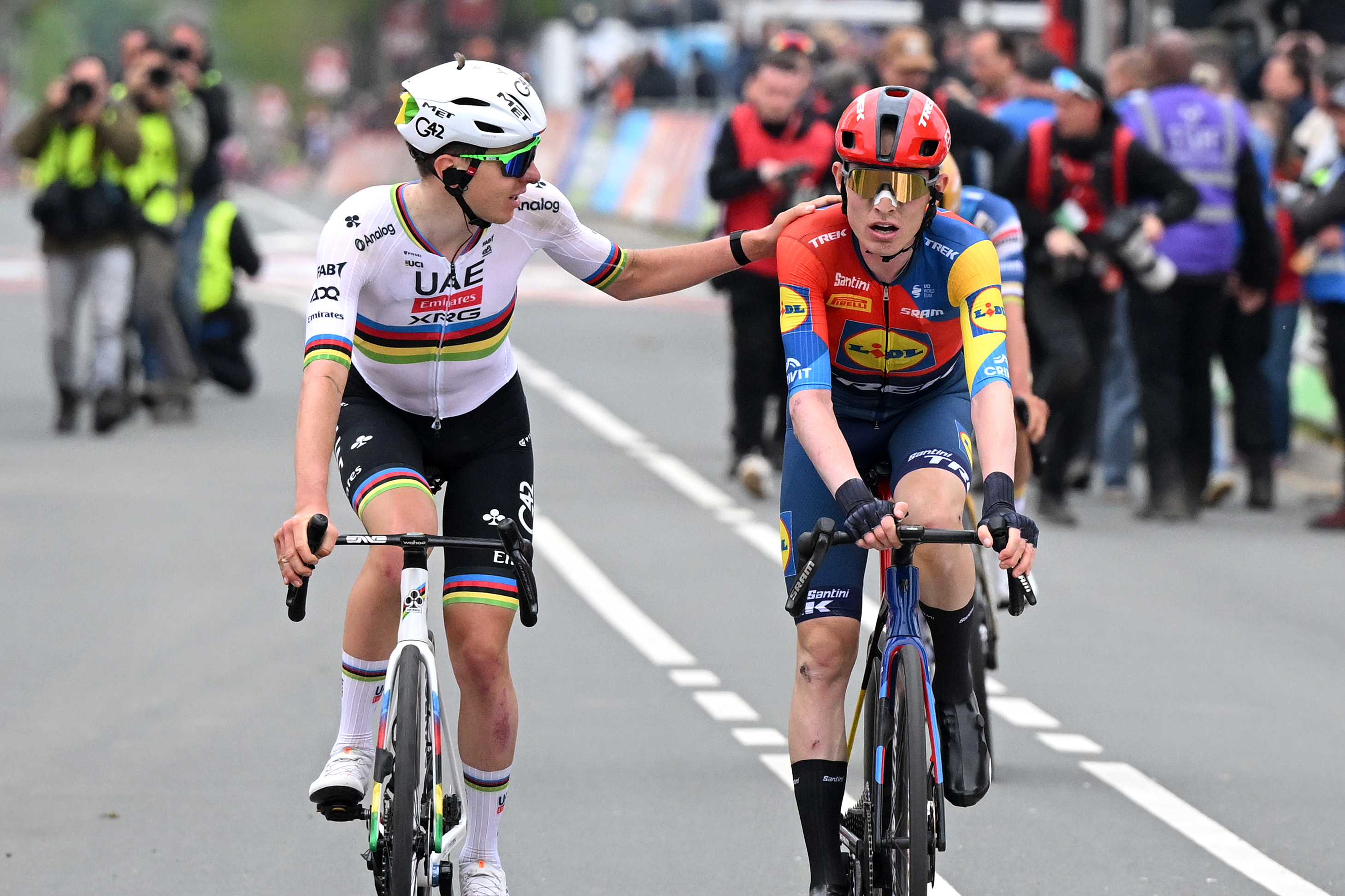 'The line was 5 metres too far' - Tadej Pogačar reacts to Amstel Gold Race second place
'The line was 5 metres too far' - Tadej Pogačar reacts to Amstel Gold Race second placeWorld champion reeled back and beaten in sprint by Lidl-Trek's Mattias Skjelmose
By Tom Davidson
-
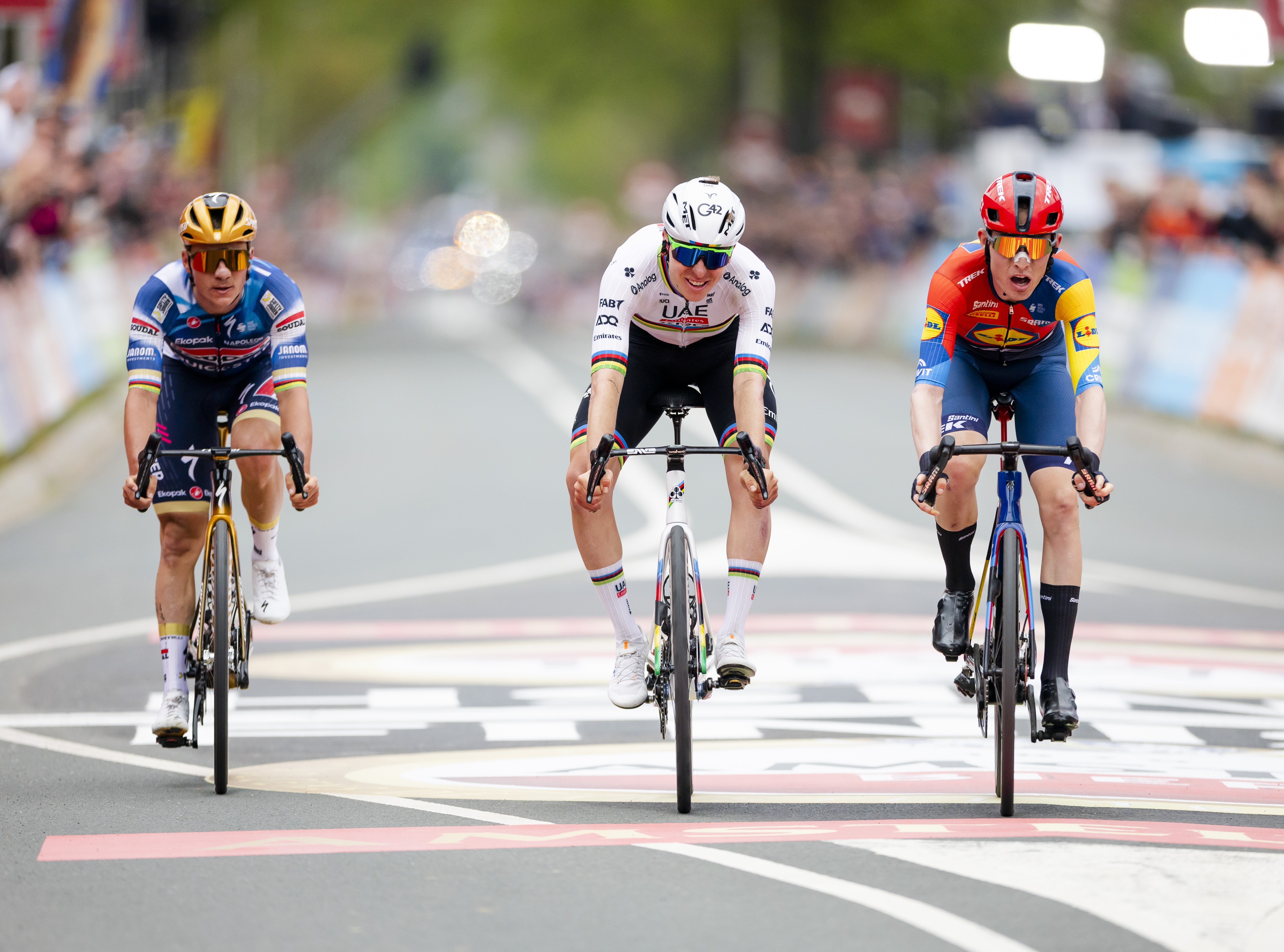 'I was riding for the podium' - Mattias Skjelmose pulls off shock Amstel Gold Race win after reeling back Tadej Pogačar attack
'I was riding for the podium' - Mattias Skjelmose pulls off shock Amstel Gold Race win after reeling back Tadej Pogačar attackDane worked with Remco Evenepoel to set up stunning three-way finale
By Tom Davidson
-
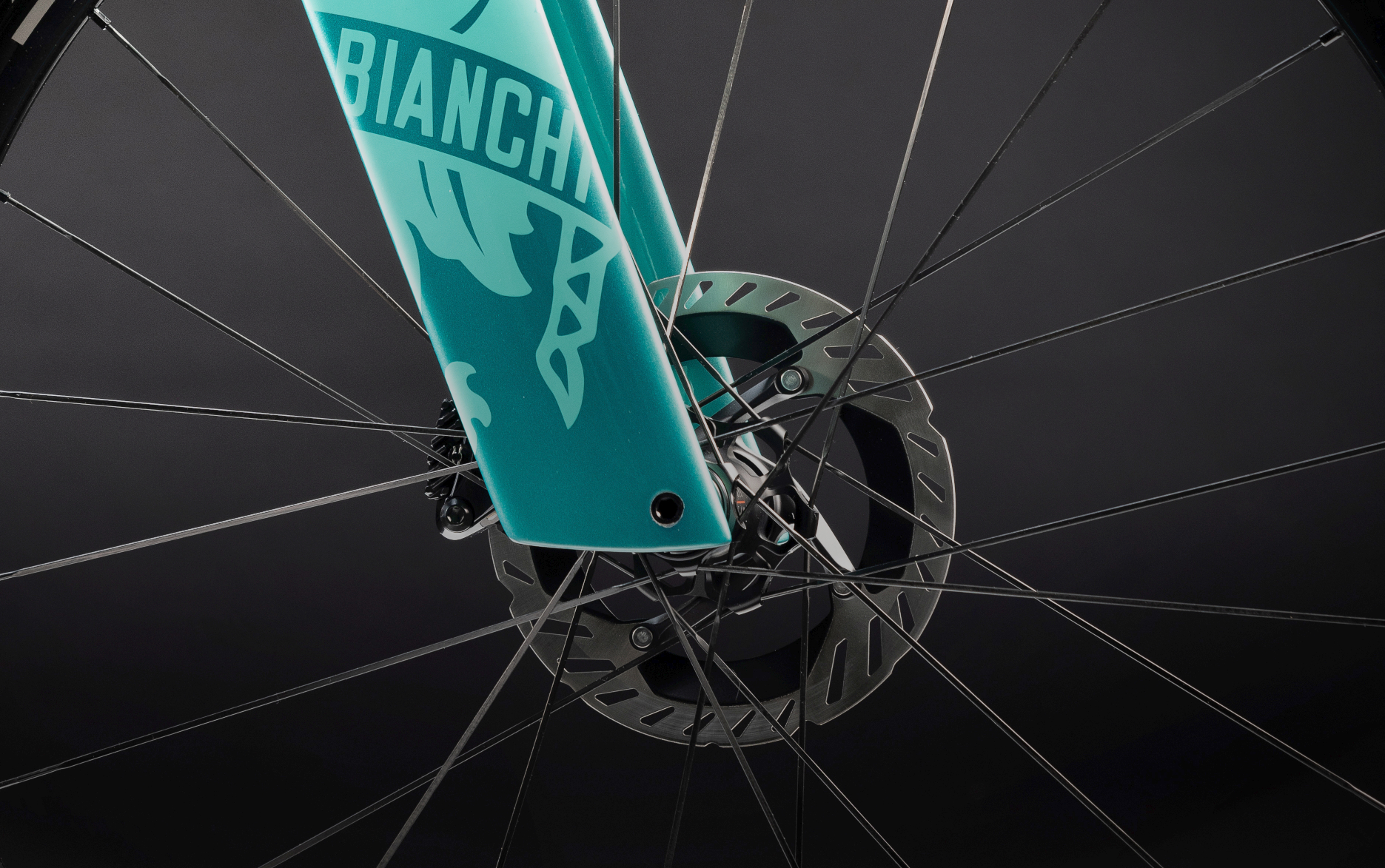 Rim brakes no more: Every WorldTour bike in 2025 to use discs after final switch
Rim brakes no more: Every WorldTour bike in 2025 to use discs after final switchBianchi's new time trial bike bids farewell to the beloved rim brake
By Tom Davidson
-
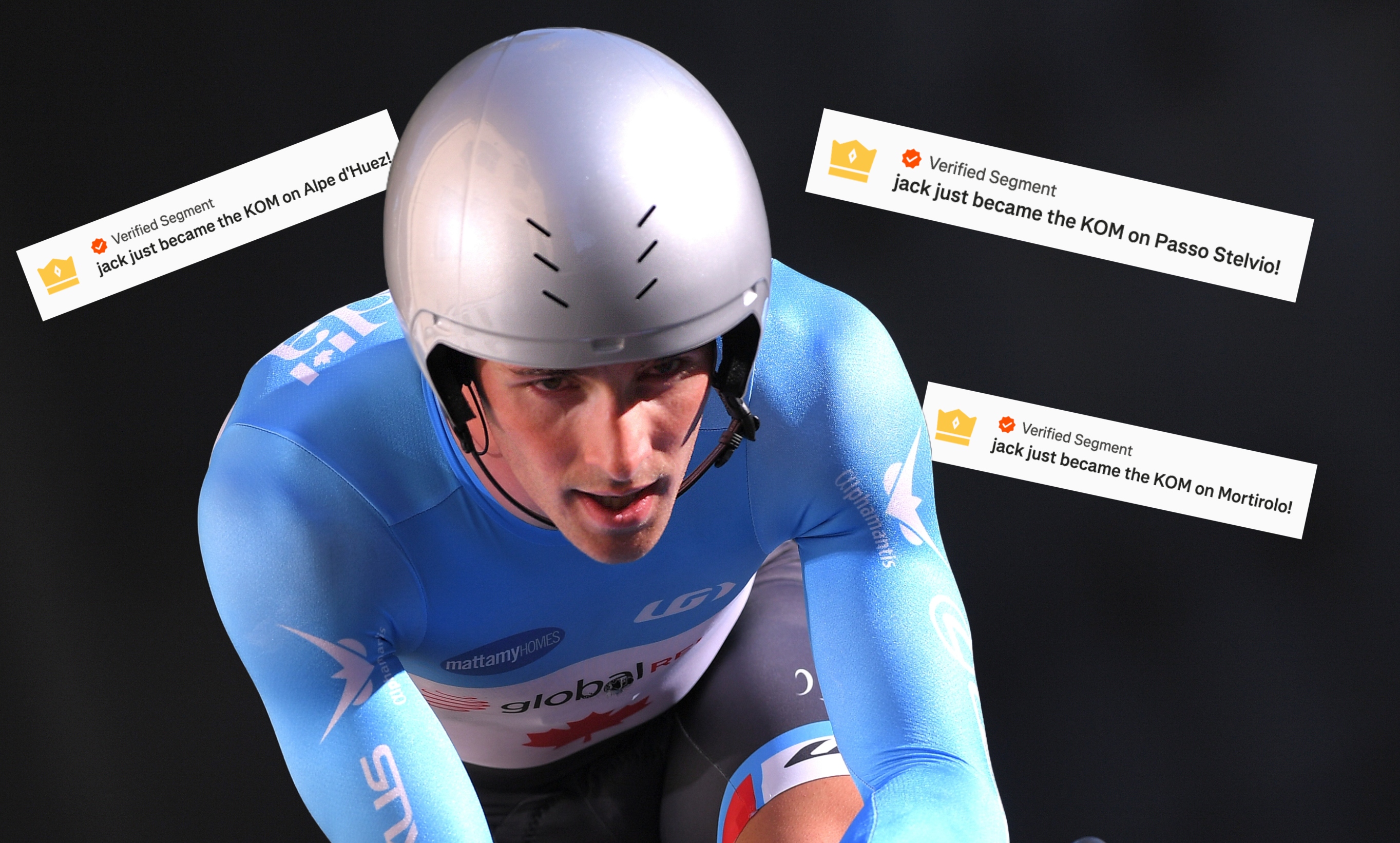 Amateur cyclist in talks with four WorldTour teams after Strava KOM heroics
Amateur cyclist in talks with four WorldTour teams after Strava KOM heroicsJack Burke says there's a 30% chance he'll ride at cycling's top level in 2025
By Tom Davidson
-
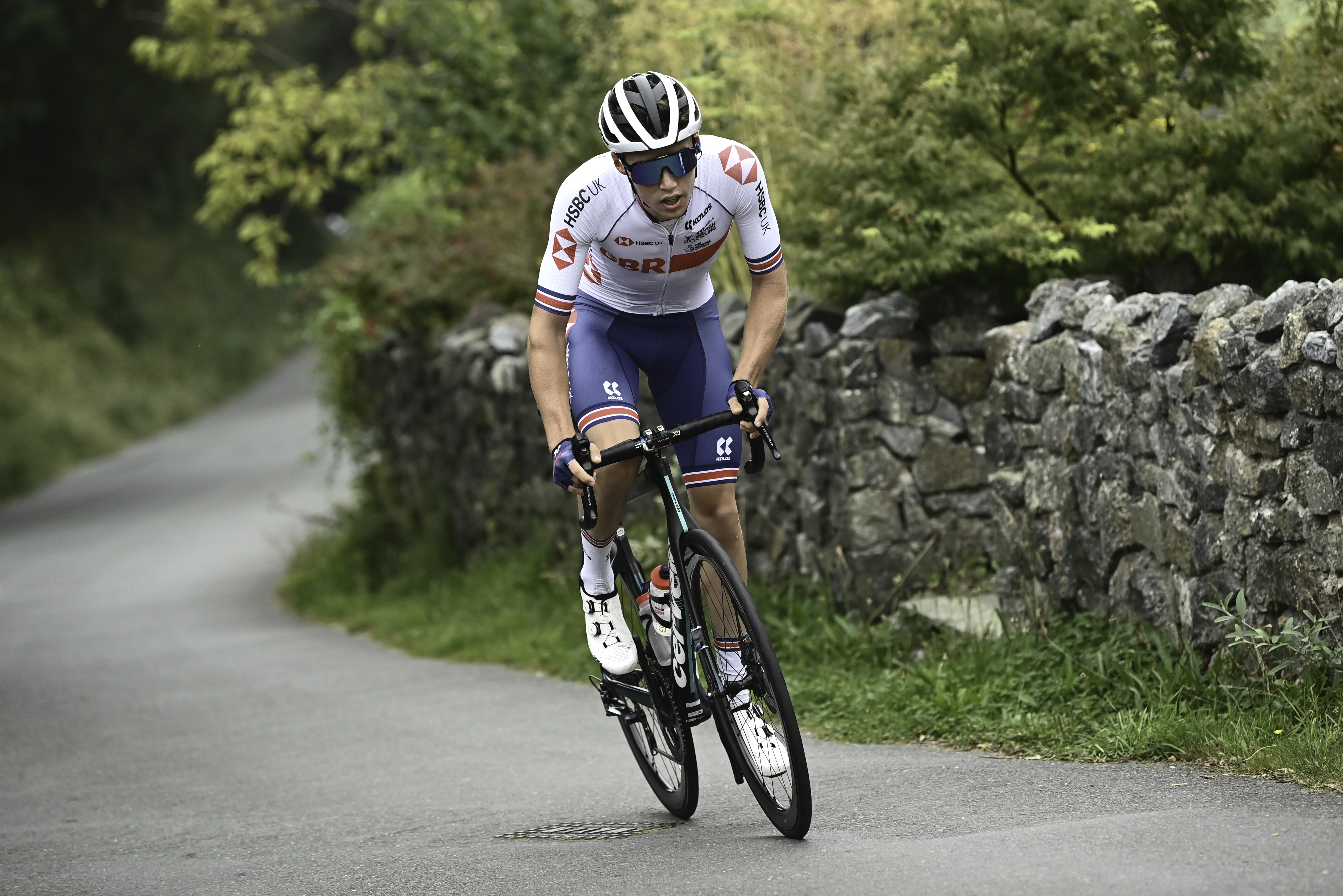 Meet the latest British rider to join a WorldTour team
Meet the latest British rider to join a WorldTour teamOli Stockwell is one of 11 promising British talents who will turn pro in 2025
By Tom Davidson
-
 Josh Tarling equals record for youngest winner of a UCI WorldTour race
Josh Tarling equals record for youngest winner of a UCI WorldTour raceNineteen-year-old Ineos Grenadiers rider matches Remco Evenepoel's benchmark
By Tom Davidson
-
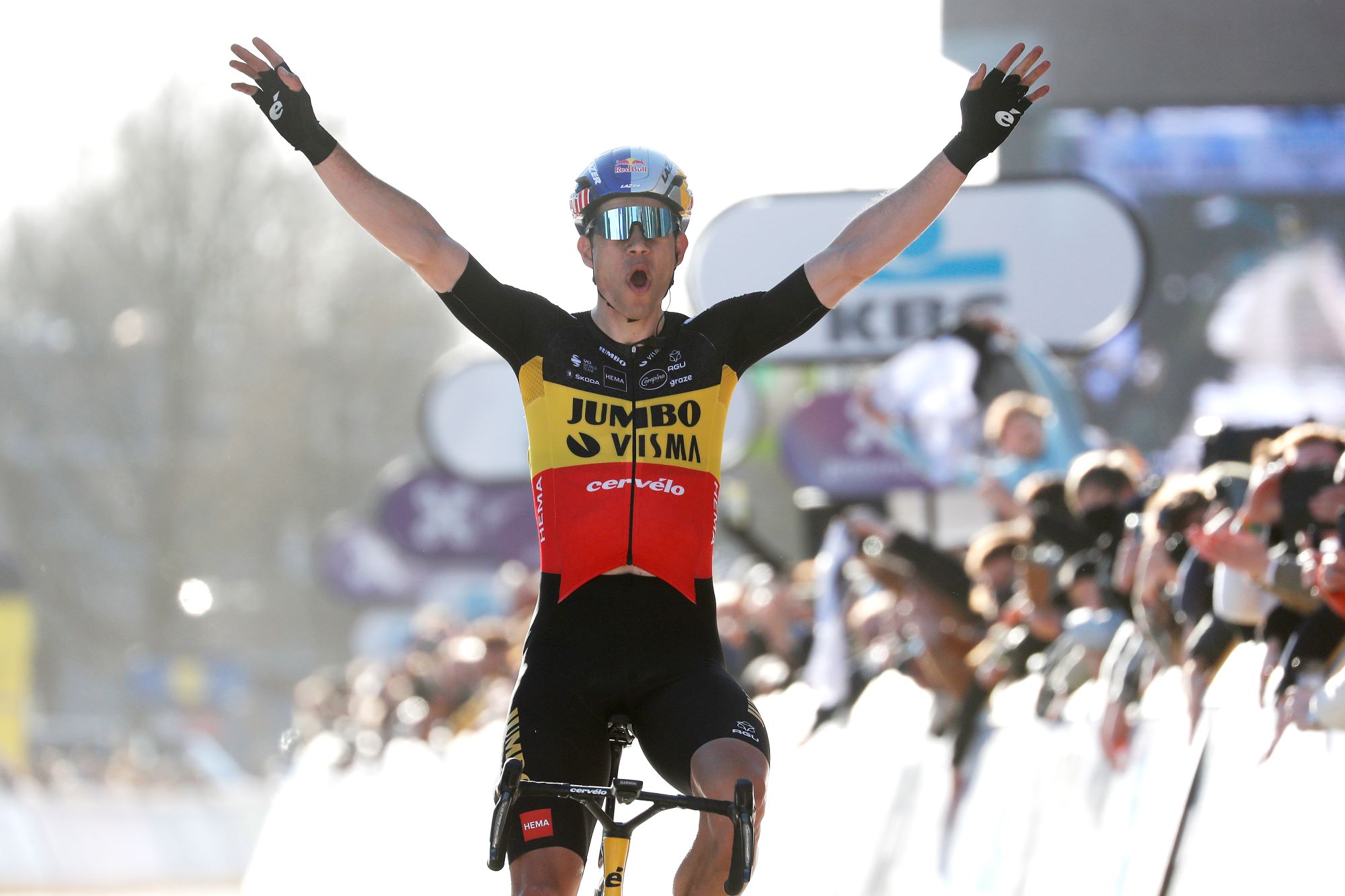 CW Live: Olympic champion joins Women's WorldTour; Tom Pidcock tips Van Aert for Cyclo-cross Worlds; Arkéa-Samsic boss 'very interested' in Julian Alaphilippe; Deadline for 2024 Olympics tickets; LEJOG record holder back cycling after hit-and-run
CW Live: Olympic champion joins Women's WorldTour; Tom Pidcock tips Van Aert for Cyclo-cross Worlds; Arkéa-Samsic boss 'very interested' in Julian Alaphilippe; Deadline for 2024 Olympics tickets; LEJOG record holder back cycling after hit-and-runA round-up of all the latest cycling news
By Tom Davidson
-
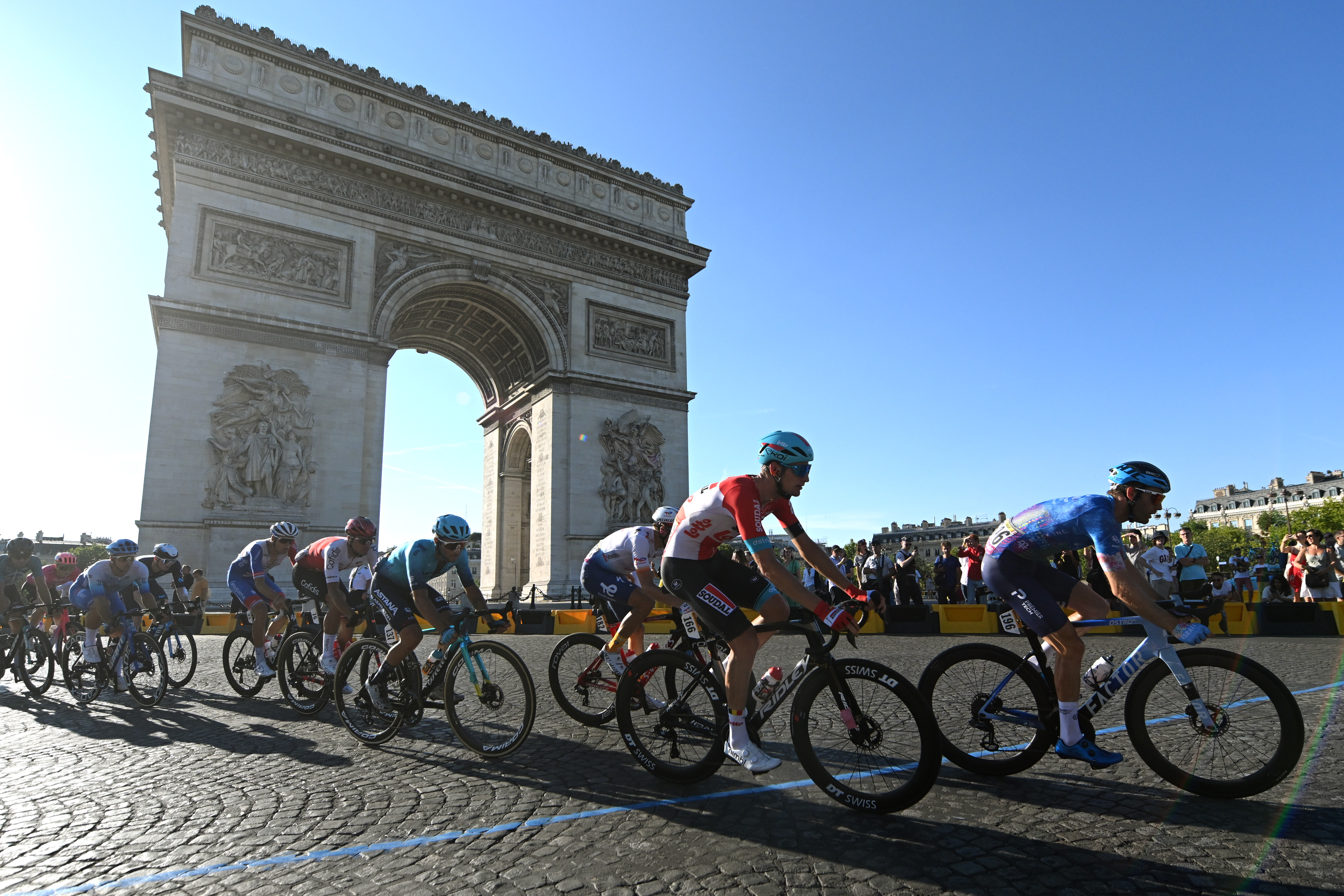 UCI revises points system to give more weighting to Grand Tours and Monuments
UCI revises points system to give more weighting to Grand Tours and MonumentsCycling's governing body publishes major changes to its points scale for the coming three-year cycle
By Tom Davidson
-
 UCI finalises team licences for 2023, B&B Hôtels miss out
UCI finalises team licences for 2023, B&B Hôtels miss outThe French team drops off the ProTour from next season, while Fenix-Deceuninck claims the final Women's WorldTour spot
By Tom Davidson
-
 Teams target up to four races a day in relegation points scramble
Teams target up to four races a day in relegation points scrambleFor Lotto-Soudal and Cofidis, the racing is only just beginning
By Tom Davidson